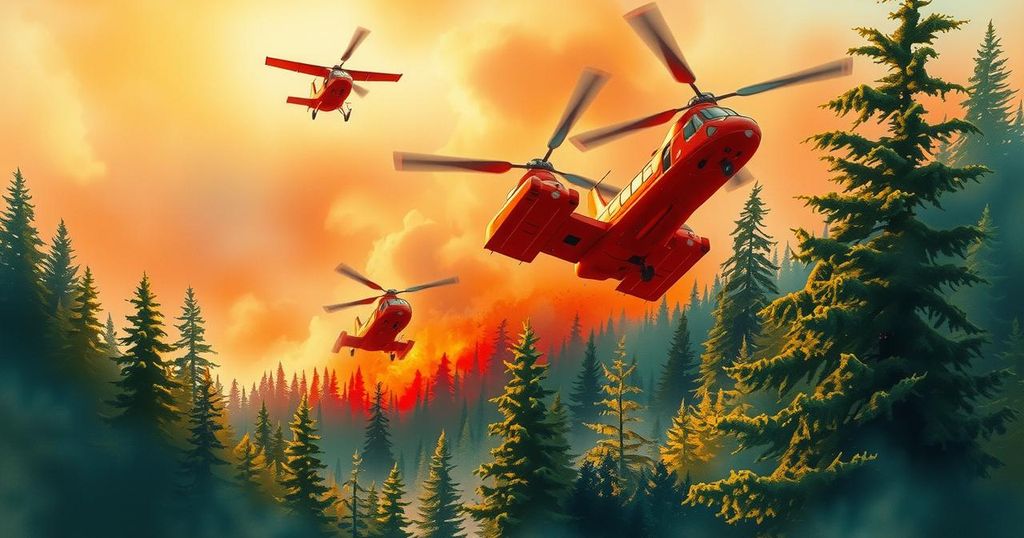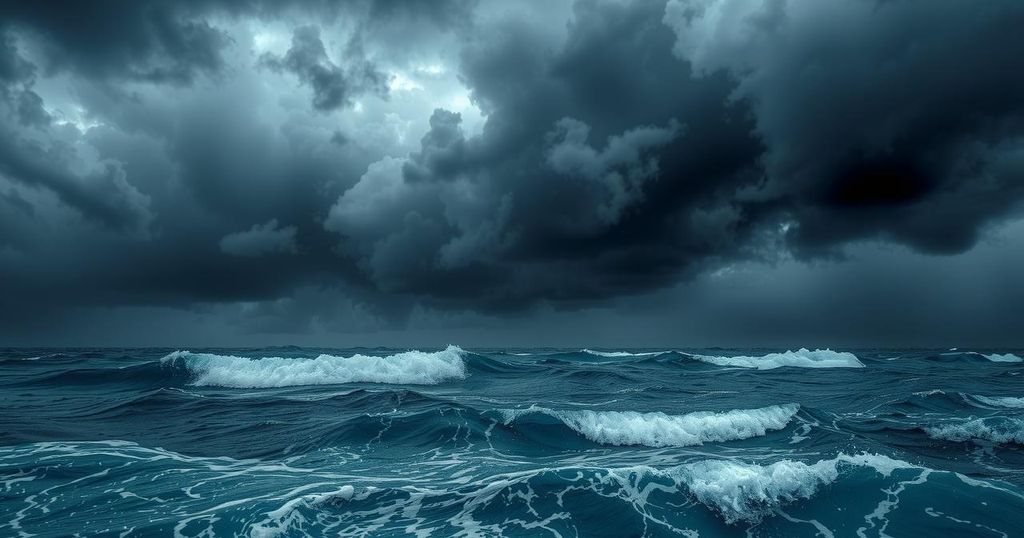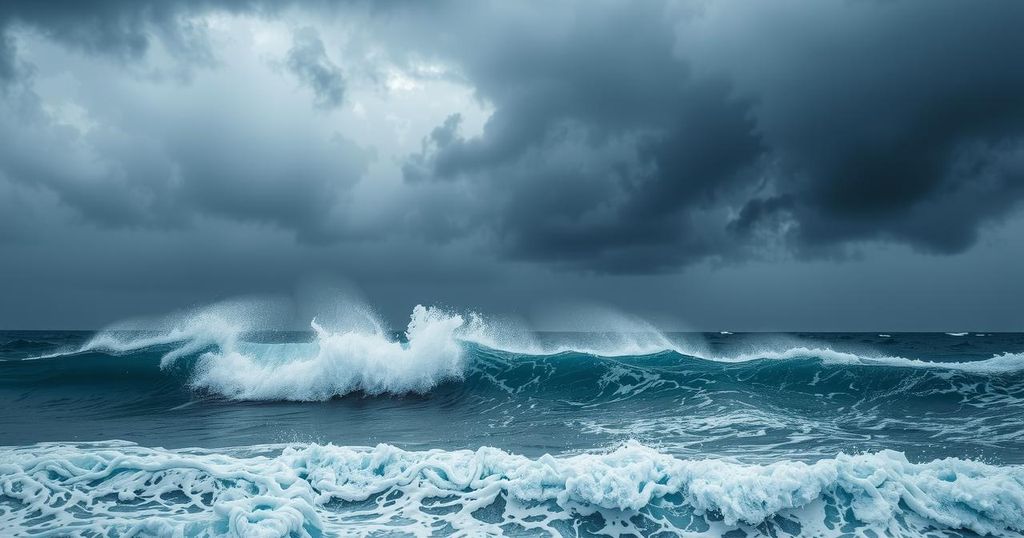Weather
ABD, ABDERRAHIM HOUMY, AFRICA, BELGIUM, BRITAIN, CANADAIR, CLIMATE AND ENVIRONMENTAL RISKS AND REFORESTATION, CLIMATE CHANGE, CONSERVATION, EL ASSALI, ENVIRONMENT, EUROPE, FIREFIGHTING, FOUAD EL ASSALI, MELLALYÈNE, MOROCCO, NATIONAL WATER AND FOREST AGENCY, TETOUAN, U. S, WILDFIRES, WILDLIFE CONSERVATION
Elena Martinez
0 Comments
Morocco Battles Forest Blaze Near Tetouan as Canadair Planes Join Fight
- Morocco’s Tetouan region faces severe forest fire battling efforts.
- Canadair aircraft have been deployed to assist in firefighting operations.
- Authorities are on high alert to prevent further spread of the blaze.
- In 2024, Morocco recorded a significant decrease in wildfires compared to 2023.
- The Moroccan government plans substantial funding for wildfire response and disaster preparedness.
Intensive firefighting operations initiated around Tetouan
A fierce forest fire is raging near Tetouan in northern Morocco, prompting an urgent firefighting response involving ground teams and Canadair aircraft since early Saturday morning. The blaze, which ignited in a wooded area near Mellalyène, has led local authorities to mobilize a full-scale effort to combat the flames. Fouad El Assali, who oversees Climate and Environmental Risks and Reforestation at the National Water and Forest Agency, confirmed that the fire was identified in the morning and is being addressed through intensive ground operations, alongside support from four Canadair amphibious aircraft. Their presence is critical, especially considering the ongoing risk of wildfires across the northern provinces, exacerbated by prevailing heat and drought conditions.
Response measures include public safety announcements
As the firefighting efforts continue, authorities remain focused on preventing the spread of the fire, which has yet to be fully assessed for damage. The National Water and Forest Agency had previously cautioned individuals residing near forested areas to be vigilant; residents were urged to report any signs of smoke or suspicious activities. Even as the nation struggles with this immediate crisis, it is noteworthy that the Moroccan government has invested significantly in wildfire prevention measures, having allocated $17 million for wildfire response strategies in the upcoming summer season of 2025. Interestingly, last year saw 382 wildfires in Morocco, marking an impressive 82% decrease compared to 2023, according to Abderrahim Houmy, the agency’s director general.
Broader concerns on environmental and energy initiatives
In a broader context, forests in Morocco, covering about 12% of the country’s land area, are consistently at risk, driven by both climate realities and human factors. Efforts to bolster disaster readiness have been intensified, with Morocco planning to channel an estimated 7 billion dirhams, roughly $760 million, into emergency supplies and storage solutions following last year’s devastating earthquake in the High Atlas Mountains. Meanwhile, in a separate but relevant development, the UK has withdrawn its support from a significant renewable energy project intended to connect Morocco’s power to Britain, citing rising concerns over security and the reliability of delivery—an unfortunate twist amidst the country’s struggle against these ongoing wildfires.
In summary, the forest fire near Tetouan poses significant challenges for Moroccan authorities who are responding with intensified firefighting measures that include aerial support. The government’s ongoing focus on wildfire prevention and disaster preparedness, amid changing climate conditions, underscores the critical balance needed to safeguard natural resources and communities. While challenges remain, especially with environmental initiatives like renewable energy projects facing scrutiny, Morocco is navigating these issues with a strategic approach to enhance resilience against future crises.




Post Comment